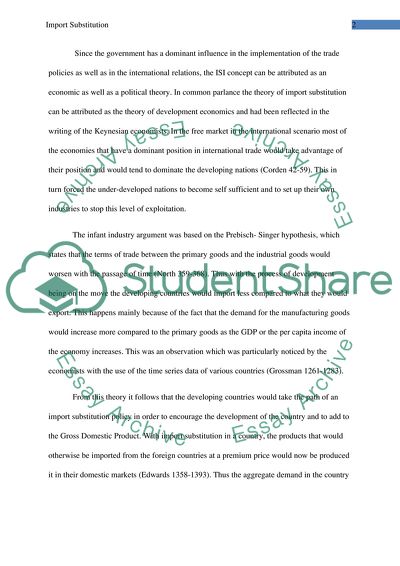Cite this document
(Political Science: How do Import Substitution Polices affect GDP Research Paper, n.d.)
Political Science: How do Import Substitution Polices affect GDP Research Paper. https://studentshare.org/macro-microeconomics/1805476-political-science-how-do-import-substitution-polices-affect-gdp-growth
Political Science: How do Import Substitution Polices affect GDP Research Paper. https://studentshare.org/macro-microeconomics/1805476-political-science-how-do-import-substitution-polices-affect-gdp-growth
(Political Science: How Do Import Substitution Polices Affect GDP Research Paper)
Political Science: How Do Import Substitution Polices Affect GDP Research Paper. https://studentshare.org/macro-microeconomics/1805476-political-science-how-do-import-substitution-polices-affect-gdp-growth.
Political Science: How Do Import Substitution Polices Affect GDP Research Paper. https://studentshare.org/macro-microeconomics/1805476-political-science-how-do-import-substitution-polices-affect-gdp-growth.
“Political Science: How Do Import Substitution Polices Affect GDP Research Paper”. https://studentshare.org/macro-microeconomics/1805476-political-science-how-do-import-substitution-polices-affect-gdp-growth.


